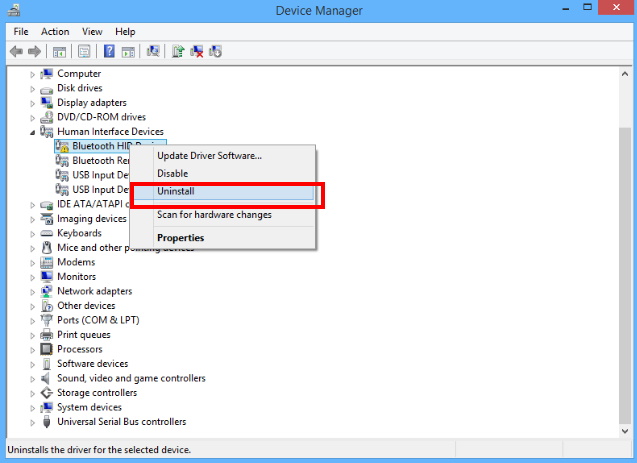

This is usually only one or two devices in Windows 7 or later as many drivers are inbuilt: The first thing to look out for is any devices with a (?) or (!) beside them which are usually devices that Windows hasn't got a driver for. The processor will determine whether your system is Intel or AMD. Go to Start and right click computer and select properties. On this screen you will be told whether your version of Windows is 64 Bit or 32 Bit and whether your processor is Intel or AMD. Left click the start button, then right click computer and select properties:

Open the Device Manager – Windows Vista and 7 The processor will determine whether your system is Intel or AMD. Most Windows 8.1 systems will be 64 Bit. Right click the start button and select Device Manager: Open the Device Manager – Windows 8.1 and 10 You may be able to install windows 10 32 Bit but will be pushing it. If your SMBIOS is <2.5 your hardware is over 12 years old and is unlikely to run Windows 10 64 Bit. See my affiliate link to Crucial for more details: If planning to run Windows 10 on an older device it is recommended to replace any 2.5" mechanical hard drive with a 250 GB SSD. This will run Windows 10 Home unlicensed where your Desktop Background will be watermarked and some settings will be restricted however you will still get increased functionality over Windows Vista. Systems with Windows 7 Licenses can be Upgraded to Windows 10 using their Windows 7 Key however you can still install Windows 10 Home on systems with Windows Vista or Windows XP Licenses without a Product Key. If your system has a SMBIOS Version of 2.5-2.6 it is windows 10 Capable and all the drivers should be inbuilt to Windows 10 Installation Media or obtained automatically via Windows Update.


 0 kommentar(er)
0 kommentar(er)
